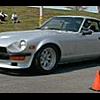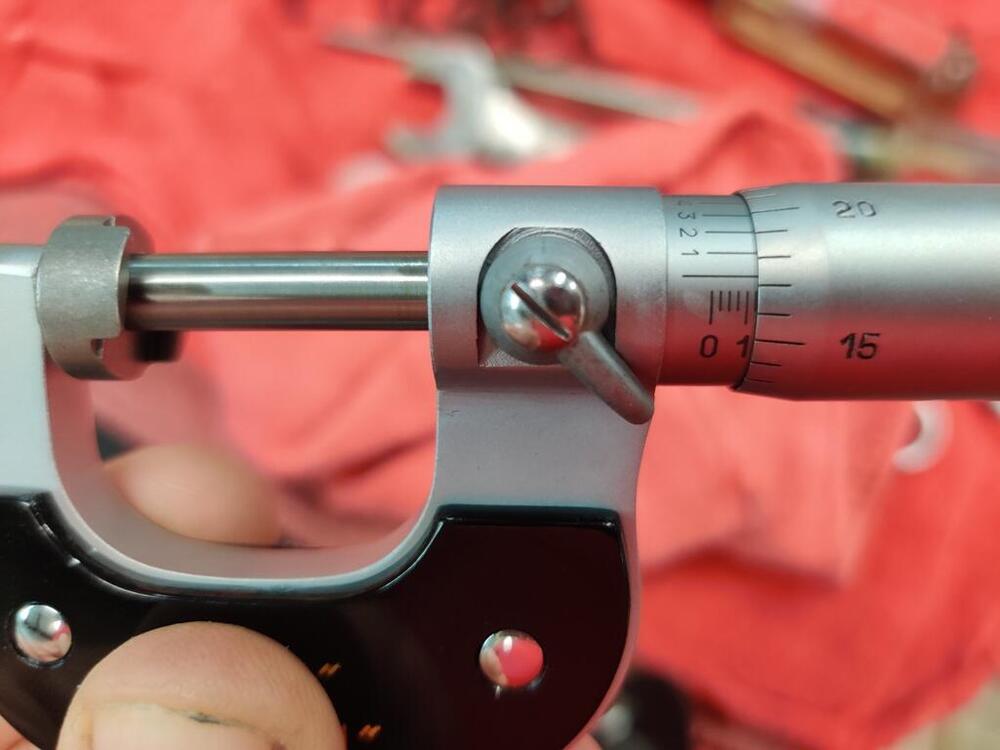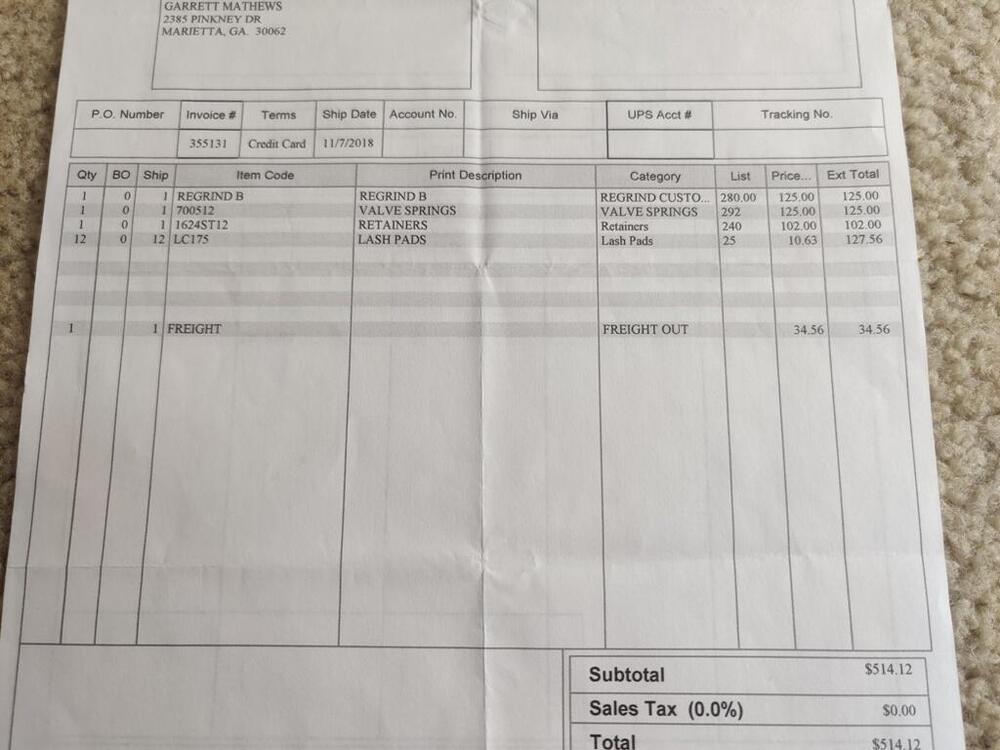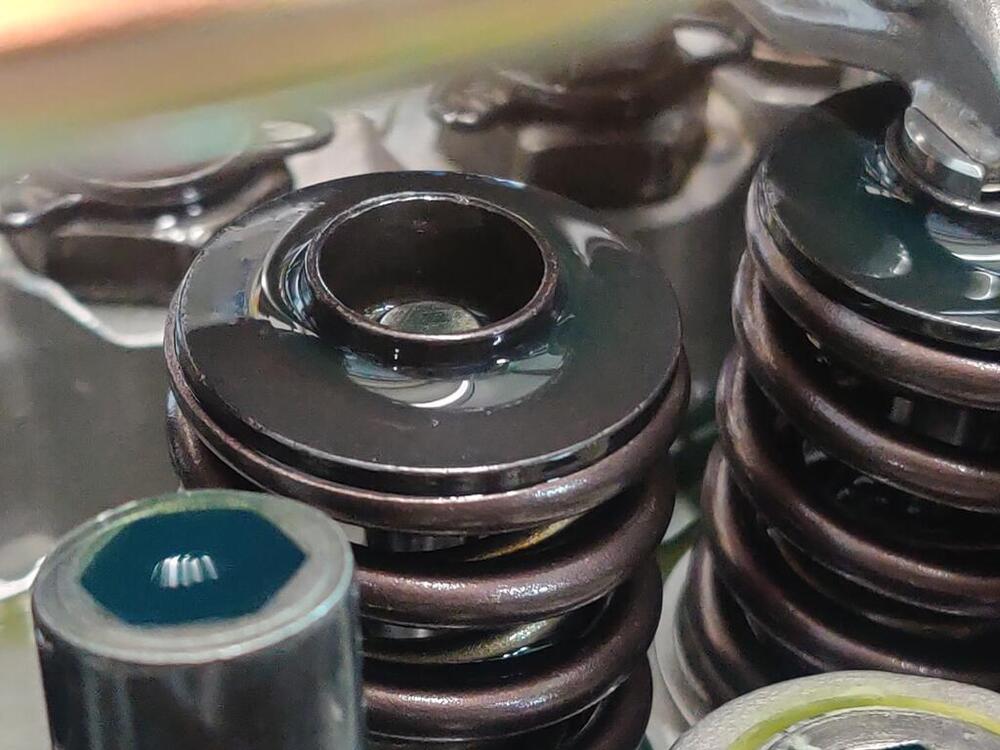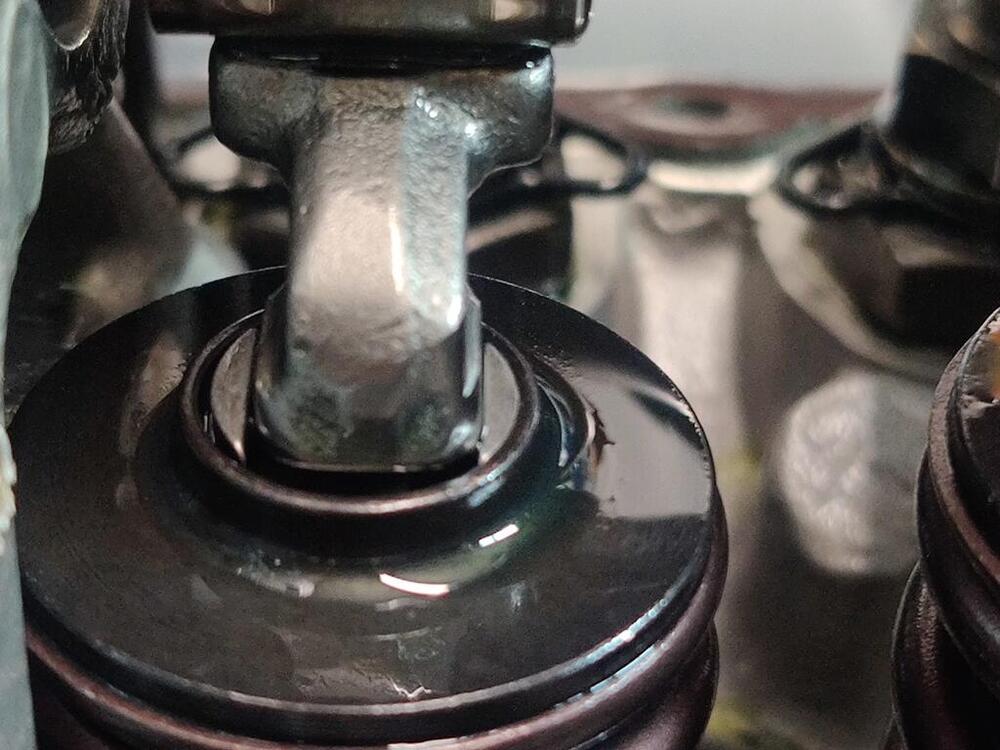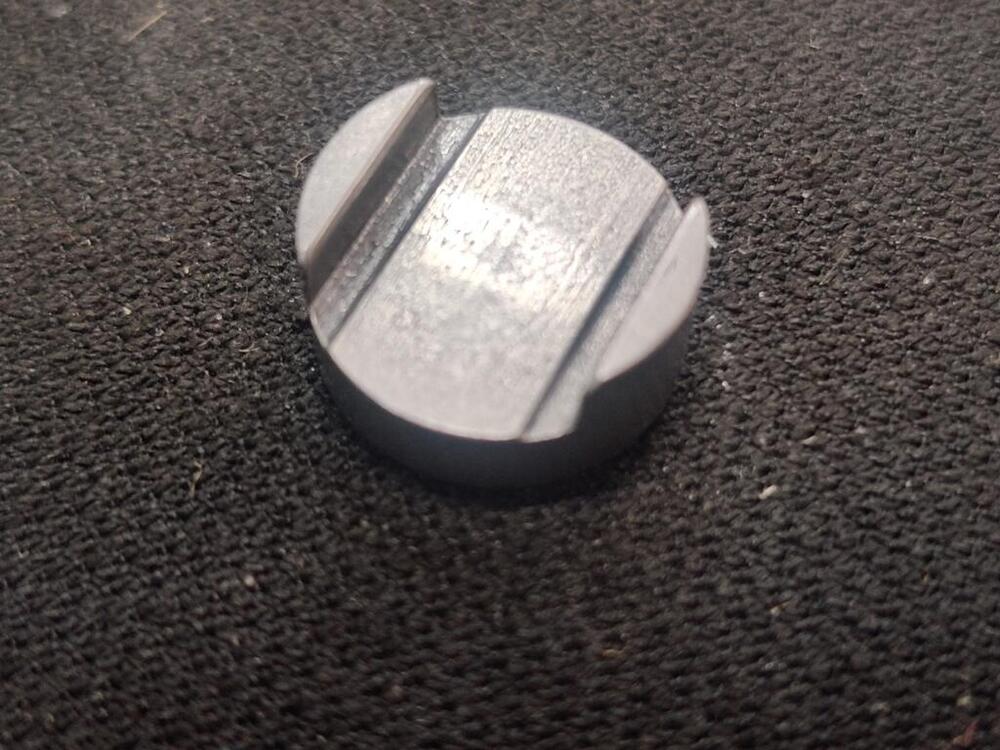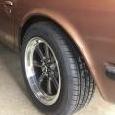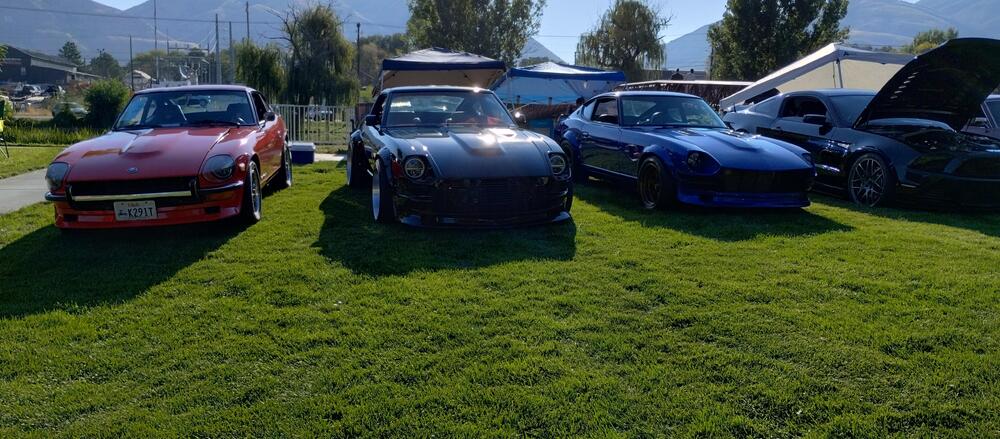Hahaha - you guys got me laughing. And good advice, I didn't even think about using water - because everything is new and done right, right? Wrong! Dang water pump.
Anyway, I just got in from the garage. I finished my to do list. I did the thing with pulling the oil pump and using a dummy shaft and a drill to pump the oil through the engine. I hate the part where you have to remove the oil pump again and reinstall the distributor drive shaft. I made a big oily mess. But, the engine has been sitting for years after being rebuilt, so I feel better pushing oil through it before cranking it. I didn't want to spin the engine with the starter as long as it take for the oil pressure gauge needle to show pressure without pumping oil everywhere first. After that, I pulled the spark plugs and switched on the starter. I kept it spinning until I saw the oil gauge needle just move a bit. It is amazing how long that can take. I didn't time it, but I bet the starter was engaged for 30+ seconds.
After that, I put the spark plugs in, hooked up the leads, looked at the engine bay for about 10 seconds trying to think of anything I had missed for the 30th time today, and then thought "f*** it, let's go". I lifted up each carburetor piston and shot some starter fluid in the direction of the intake. And then I turned the key.
I got a bit of life from the engine within a couple of cranks, but when I let the key go it would die. I tried that a couple more times and got the same result. Having a good amount of experience with these carbs, the symptom seemed to be that the two carbs were way out of balance. I operated the main linkage and looked at the resulting movement at each carb linkage. The rear carb linkage was activating, but the front carb linkage was not. I adjusted the screws to get them both moving when I threaded in the main throttle screw. Then I tried again. This time I used the starter cable.
It fired up, but having fresh in my mind what @siteunseen had said, I treated the ignition keys like a feather trigger, and when the engine revved up pretty high, I turned it off. I pushed the starters in a bit and tried again. This time it fired up and was holding revs at about 2400. Oil pressure was showing 90 psi (I assume the sender I bought must be the one for the early cars?) Not pausing a second, I swung around from behind the dash to the engine bay and bounced my gaze around to check on key things. Almost immediately I noticed fuel flowing up and out of the air vent in the top of the rear carburetor. So, I shut it down.
I am not sure what happened there. I set the float levels just a few days ago. Perhaps I have a bad needle/seat.
Total run time was only about 30 seconds or so. I was really hoping to run it for about 20 minutes at 2000, as the cam is new and the rockers have been reground. Really hoping that everything got lubricated enough quickly to avoid any problems.
I will need to see what is up with the rear carb and try again.
 Subscriber
Subscriber 3Points1,282Posts
3Points1,282Posts
 Subscriber
Subscriber 1Points1,333Posts
1Points1,333Posts




